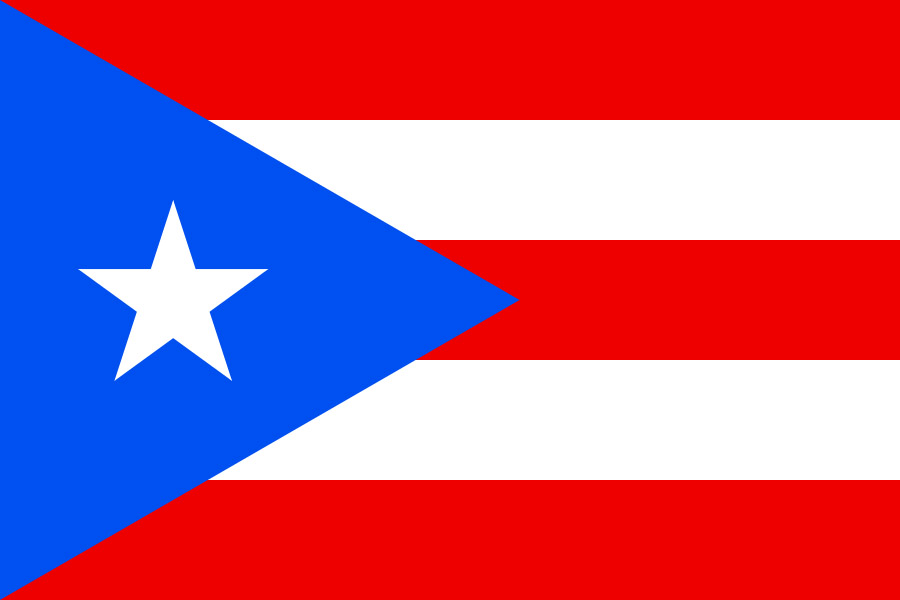
JLo draped herself in a Puerto Rican flag while Bruce Springsteen’s ‘Born in the U.S.A.’ played at one point during the performance.
Performance built on themes of identity and unity
The Super Bowl LIV halftime performance delivered exceptional choreography, relevant cultural representation and a message many had to hear to understand.
Shakira
The performance began with Shakira wearing a fiery Dundas creation, greeting the Miami crowd in Spanish. Shakira is a Colombian-born singer to a Colombian mother and a Lebanese father.
She quickly began to perform her Grammy-winning singles surrounded by professional dancers of all ethnicities, who did an amazing job. During her performance of “Ojos Asi (Eyes Like Yours),” she delved into her Lebanese roots by belly dancing.
For many Middle Eastern cultures, belly dancing goes beyond a sensuous dance. It is an art that is taught since childhood and developed until adulthood. Where some viewers saw an inappropriate dance, others cheered at having an aspect of their culture represented on national TV.
Not long after, she transitions to “I Like it,” bringing on stage Latin Grammy-winner and Puerto Rican rapper Bad Bunny. For readers who don’t know much about Bad Bunny, he began his singer/songwriter career in 2016 and has since quickly become an influential figure in Latino music. His songs are a combination of the American trap and Puerto Rican reggaeton.
During their performance, Shakira remixed “Chantaje” into a salsa-infused melody, representing the Spanish roots of Latinos. The instruments used and the dancing are staples of many Hispanic cultures.
The African roots of Latinos were represented in “Hips Don’t Lie” with Shakira and her dancers moving to the captivating beat of Afro-Colombian drums, dancing mapalé. Her performance in these songs honoring her Spanish and African roots is monumental for Latinos.
We understand the horrible history that took place in Latin America and the Caribbean, but we honor those who came before us by keeping these vibrant cultures alive.
For curious readers, the Spanish were the first to colonize Latin America and the Caribbean, followed shortly thereafter by other European powerhouses.
Since the start of colonization, African enslaved people were forcibly taken from their homes and shipped across the Atlantic in astonishing numbers. The presence of African culture is seen all across the Caribbean and Latin America. It illustrates the resistance of a group of people who did not forget their traditions.
With the conclusion of “Hips Don’t Lie,” Jennifer Lopez and her dancers took the stage outfitted in head-to-toe Versace.
Jennifer Lopez
Born to Puerto Rican parents and growing up in the Bronx, New York, she paid homage to her roots by starting her set singing “Jenny from the Block.”
The representation of people continued to develop during “Get Right,” in which the male dancers were outfitted in shirts that showed their extremely built muscles, yet they were wearing gloves. The conscious choice to put gloves on these bulky men simply blurs the constructed ideas of femininity and masculinity.
Her next song, “Waiting for Tonight” featured her pole-dancing skills learned for the 2019 film, “Hustlers.” Perhaps the most debated part of the show.
Many viewers were uncomfortable with this part of the performance. But if it didn’t yell, “I’m a woman who is able to perform a certain type of way and still be respectable,” I don’t know what will. This addresses a bigger issue of women being shamed for doing something not seen as “respectable.”
Shortly afterward, JLo introduced another Latin-American Grammy-winning rapper, J Balvin. Wearing a “Made in Medellín” sweatshirt, he represented his heritage by rapping his songs “Que Calor” and “Mi Gente.”
Columbia born, he has been in the music industry since 2004, writing urban and reggaeton influenced music. One of his many accomplishments is being the first Hispanic headliner for Lollapalooza.
Wrapping up “Get on the Floor,” JLo’s daughter Emme sang a rendition of “Let’s Get Loud.” Her cameo began with girls inside cages who were set free as the song continued; all while the stage represented the female sex symbol.
The girls, wearing the US flag embroidered on their shirts, were then joined by JLo wearing a cape with the US flag and the Puerto Rican flag (not to be confused with the Cuban flag.) This was accompanied by Bruce Springsteen’s “Born in the U.S.A.”
This highlights that Puerto Ricans are U.S. citizens by birth. Yes, a place exists that is rich in Hispanic culture and is a part of the U.S. It also presses the matter of “Who is American?”
Is it ethnicity, a language, a shared history?
To conclude the performance, Shakira and Jennifer Lopez closed with “Waka Waka (This Time for Africa),” the 2010 FIFA World Cup song. Both singers showed off their heritage with Shakira dancing champeta, a dance originating in Colombia, and Jennifer Lopez with some killer salsa moves. That final set roared with African, Spanish and Latin American presence.
Ultimately, the focus wasn’t on who was wearing what but a clear message of unity. It was about the unification of cultures, not separation. Latin American and Caribbean cultures often honor those who came before them through dancing, language and living lives filled with joy.
This halftime show exemplified unity among females, as well as highlighting commonwealth nations (like Puerto Rico) that have been a part of the United States since 1898.
Like Shakira finished her set, as will I, no fighting.
